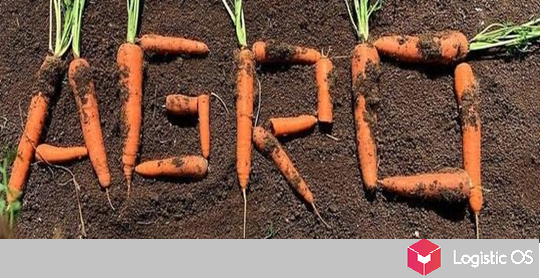World grain prices are currently falling rapidly; in response to this, the Russian government is considering introducing a minimum price for export sales.
Back in June, the Ministry of Agriculture recommended that farmers not sell wheat for less than $240 per ton.
But currently the price has dropped to $235.
The new harvest also has an impact: a large amount of grain enters the market, which inevitably leads to a drop in prices.
As part of this, there are rumors that the authorities are going to set a minimum price limit below which it will not be possible to sell wheat: exporters simply will not be given the necessary documents.
This will, among other things, increase the margins of farmers, as well as prevent large quantities of Russian grain from being sold for next to nothing.
By the way, it is now a record one: once again we managed to collect a very good harvest, despite the fact that the remains of the previous one have not yet been sold.
All this puts pressure on prices and stimulates high exports. For example, in August alone, about 6.75 million tons of grain were exported from the Russian Federation, of which 5.36 million tons of wheat.
How will the price limit change the situation?
According to Bloomberg, if it is installed, some buyers may end their contracts.
At the same time, experts note, now there are not many competitors for Russian grain, and the Russian Federation’s position in the world market is strengthening.
In addition, global grain consumption in the coming season is projected to be at a record level.
As a result, even if some importers really refuse to buy Russian grain at an increased price, it will be sold out one way or another, experts are sure.
As Dmitry Rylko, general director of the Institute for Agricultural Market Studies, noted, the point is only to formalize the ban, which is currently already in effect.
Therefore, with its introduction, it is unlikely that anything will seriously change.
But, of course, a lot depends on at what specific level the government plans to fix its “lower price limit.”
The more this value differs from current values, the higher the likelihood of negative consequences for Russian exporters.
At the same time, global analysts are now expecting an increase in grain prices, which could begin soon, as soon as the downward effect that traditionally occurs after the harvest of a new harvest disappears.
And by that time the situation has a chance to normalize on its own, without special measures that the Russian government can take.

